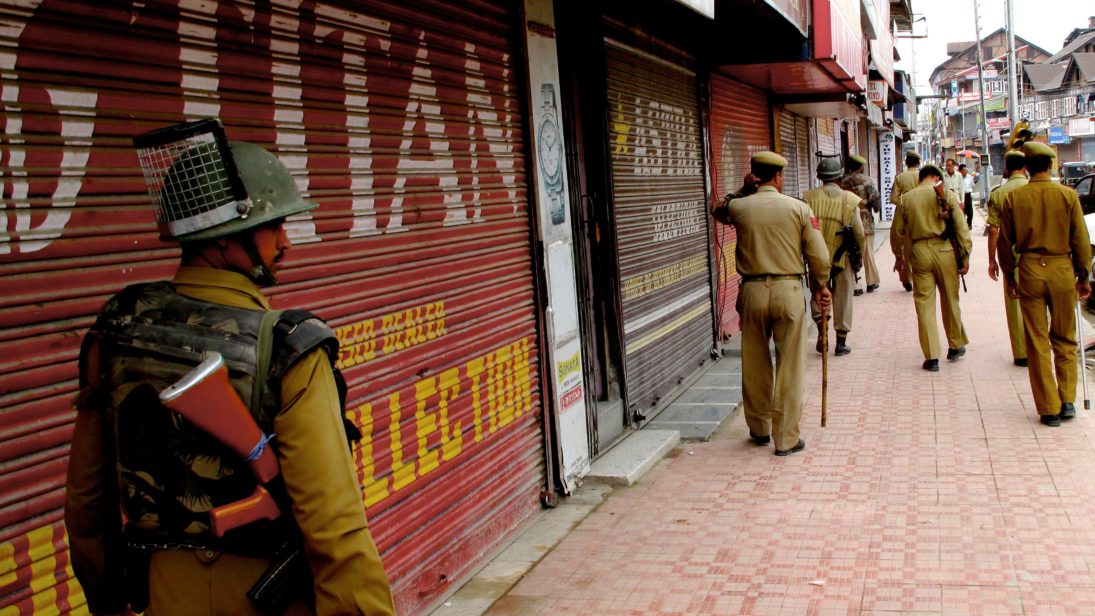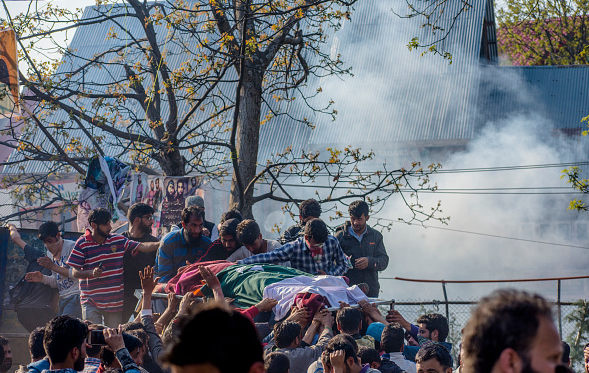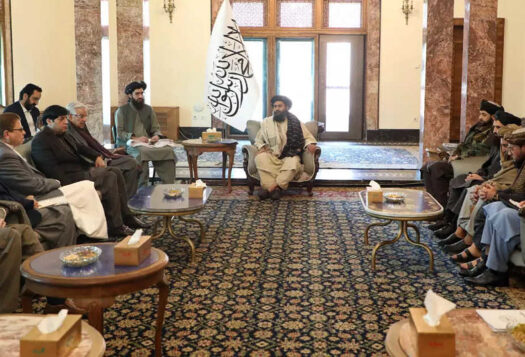
Projecting Kashmir as a “peaceful” destination for tourists, the People’s Democratic Party (PDP)-led state government hosted the 64th annual Travel Agents Association of India (TAAI) convention in Srinagar this March for the first time since 1988. Expecting that this summer will be different than the previous two, which were marred by chronic protests and a surge in militant activity, Chief Minister Mehbooba Mufti addressed how the tourism industry can support her government in healing the conflict-inflicted wounds of Kashmir. However, recent encounters in South Kashmir, particularly in the district of Shopian, where 20 people were killed and more than 150 protesters injured in clashes with security forces, are a grim reminder that these predictions are hastily made. With Kashmiri youth increasingly engaging with militancy regardless of New Delhi’s hardline approach to establishing security in the valley, the situation is bound to worsen into the summer months of 2018. As long as India remains reticent to put forth a credible initiative for resolving the conditions in the valley without the use of force, unrest and violence will continue to define Kashmir’s future.
A Bloody Sunday in South Kashmir
This past Sunday, April 1st, termed a “special day” by Indian Lt. General A.K. Bhatt, saw the killing of 13 Kashmiri militants, three army personnel, and four civilians. The deaths resulted from three encounters between Indian army personnel and militants, two of which were in Shopian district and another in Anantnag district in south Kashmir. These killings prompted Kashmiri youths to display their solidarity with militancy by throwing stones at security forces and protesting their presence. When these forces opened fire on demonstrators, many civilians were injured, with four confirmed deaths; hundreds more have suffered pellet injuries, with many on the verge of losing eyesight.
What followed has become routine: life is at a standstill while most businesses are closed and educational institutions have been shut down. Internet and communication services have also been suspended. Authorities have continued to impose restrictions across Kashmir and in the capital city as protests by students and separatists against the deaths of militants and the use of pellet guns on protesters have spread into Srinagar. Having exhausted all other options, from publicly imploring for peace to asking separatists to engage with New Delhi, the state government has no other strategies available to improve this status quo.

Killing Militants Won’t Fix Kashmir’s Militancy Woes
Reporting in Kashmir indicates support for the militancy is swelling, as the layers of alienation, anti-India sentiment, and radicalization increase with every passing day. Early last year, Indian Army Chief Bipin Rawat had warned that protesters who “obstruct our operations” would be treated as over-ground terrorists and would not be spared. Nevertheless, protests during these encounters and high turnout for the funerals of militants have continued; these are potent indicators of the surging support for militancy in Kashmir.
In view of this, the deaths of 13 local militants will not deter the youth from joining the militancy. They have romanticized the idea of picking up arms and dying for their beliefs; ideals legitimized by a large turnout at funerals for slain militants. This does not bode well for India’s efforts to rid the valley of militancy: in 2016, around 200 militants were killed. Yet, according to one estimate, close to the same number has taken up arms, a fact that reiterates the failure of the idea that continued operations and strikes against militants will serve to deter further militant activity.
What’s more is that those youths most susceptible to this cause are reported to be well-educated and from affluent backgrounds across Kashmir, which suggests they see the sword as mightier than the pen. For example, Junaid Ashraf Khan, son of recently elected chairman of separatist party Tehreek-e-Hurriyat, Ashraf Sehrai, recently joined the Hizbul Mujahidden and is supported by his father. Additionally, Mannan Wani, a former research scholar from north Kashmir, is another example of an educated youth who gave up his pen for the sword. Those who see violence as the only solution to the current impasse are further emboldened by these examples.
A Defining Summer to Come: New Delhi’s Options
As New Delhi continues to rely on the use of force to resolve the problems afflicting Kashmir, mainstream voices in the valley grow quieter day by day. Yet, as a Kashmiri police official recently said, “Killing a militant is giving birth to more.” This summer will determine where Kashmir is heading in terms of militant recruitment and the overall violence level. Before this situation spins out of control, New Delhi must take time to rethink its response in Kashmir. Its hesitancy to do so will certainly push the younger Kashmiri generation further towards militancy. If that happens, the encounters of this past Sunday foreshadow the brutal reality of the coming months and years.
***
Image 1: Austin Yoder via Flickr
Image 2: NurPhoto via Getty


